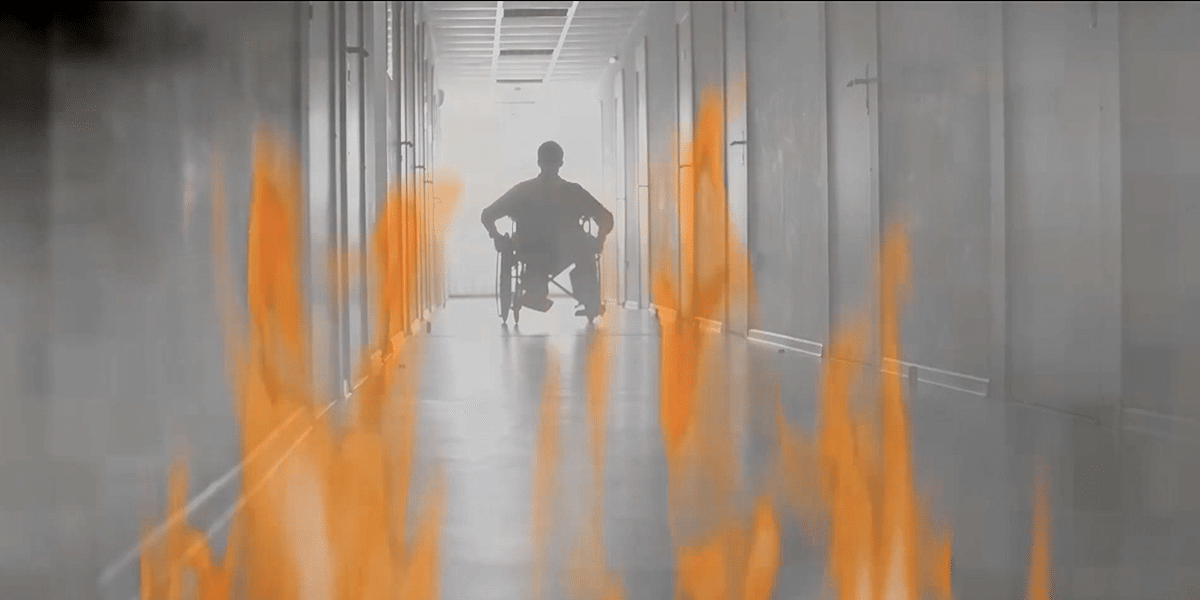
Left Behind in a Blaze: A Teen’s Terrifying Ordeal and His Fight for Safer Schools
The fire alarm in his UK school starts blaring while smoke rises
All buildings must develop, implement and adopt emergency plans to ensure a safe environment for employees, residents and visitors.
When developing these plans the needs of people with disabilities must be considered. Ideally, all visitors should be able to independently evacuate from a level of a building, other than the entry level by way of an evacuation lift. However, it is acknowledged that buildings may not have been constructed to provide this level of accessibility in evacuation routes.
Where a person might have difficulty negotiating an exit route (i.e. using a fire stairs), each building must implement some management controls to provide for people with disability.
The following are some simple strategies to reduce risk and ensure all staff, visitors or members of the public are considered in emergency management plans:
The evacuation chairs should be provided in the waiting area with suitable signage advising of their availability and use in emergencies.

The fire alarm in his UK school starts blaring while smoke rises

Challenging the Status Quo: Building Classifications and Fire Safety in

Spanish philosopher George Santayana famously said, “Those who cannot remember